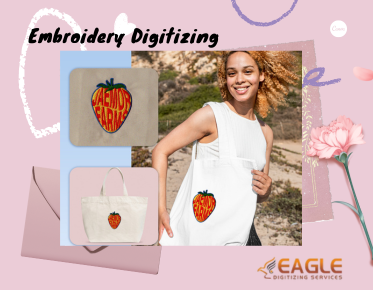Comparing DTG Printing and Screen Printing: Which is Best?
The debate of whether DTG (Direct-to-Garment) printing or screen printing is superior is one that continues to evolve within the printing industry. Each method has its own advantages and disadvantages, making them suitable for different applications based on client needs, project specifications, and desired outcomes.
Understanding DTG Printing
DTG printing uses inkjet technology similar to home document printers, but it prints directly onto fabric. This method allows for full-color designs and detailed images. It's particularly popular because of its ease of use and ability to print detailed digital designs without the need for extensive setup.
Advantages of DTG Printing
One of the main advantages of DTG printing is its flexibility in handling complex designs. You can use it for photographic prints or panoramic graphics without the limitations seen in other methods. Moreover, DTG printing is known for having a shorter setup time, making it ideal for smaller runs or custom orders. Since it's a digital process, each print can be different, making personalization easy and cost-effective.
Drawbacks of DTG Printing
Despite its advantages, DTG printing may not be suitable for all applications. The initial investment in high-quality DTG printers can be quite expensive. Furthermore, it usually requires pre-treatment of garments and is generally slower in throughput than other methods like screen printing. The durability of prints can also vary based on ink and substrate quality.
Understanding Screen Printing
Screen printing, on the other hand, is a tried-and-tested method that involves creating a stencil, or "screen," and using it to apply layers of ink on the printing surface. It's a manual technique that has advanced significantly with automated presses, but it still maintains its authenticity and ability to deliver vibrant, durable prints.
Advantages of Screen Printing
Screen printing excels in volume orders. The more you print, the cheaper it becomes per item. The ink used in screen printing is thicker than in DTG, which often leads to more vibrant colors and longer-lasting prints. The versatility in ink types is also a plus, allowing for the creation of special effects not possible with DTG.
Drawbacks of Screen Printing
However, screen printing comes with its own set of challenges. It requires more time and skills in setting up the screens, which makes small batch runs costlier. Each color in the design requires a separate screen, making multicolor prints time-consuming and labor-intensive.
Which Is Best for You?
The decision ultimately depends on your project's specifics. DTG printing suits projects where customization, intricate design, and small runs are priorities. It is also eco-friendly, with the ability to print-on-demand reducing waste. Conversely, screen printing is ideal for bulk orders where cost efficiency, vibrant colors, and longevity are essential.
Integrating Vector Art for Perfect Prints
Choosing between DTG and screen printing also involves preparation of your design, and this is where vector art conversion becomes invaluable. Companies like Eagle Digitizing provide vector art services that can be crucial in ensuring your designs are ready for any printing method, particularly in screen printing where vector files are key for making precise screens.
With Eagle Digitizing, you benefit from high-quality conversion services that transform intricate artwork into clean, scalable vector images. This guarantees clearer, sharper logos and graphics on any garment, whether for large scale operations or custom one-offs.
Conclusion: Future of Printing Methods
As technology progresses, both DTG and screen printing will continue to advance, offering new capabilities and efficiencies. The emphasis on sustainability and customization hints that hybrid methods or innovations in existing technologies could be on the horizon, further blurring the lines between when to use each technique. The real challenge lies in matching the right technology to your operational goals and customer demands, making the best of each printing method's unique strengths.
.png)


.png)